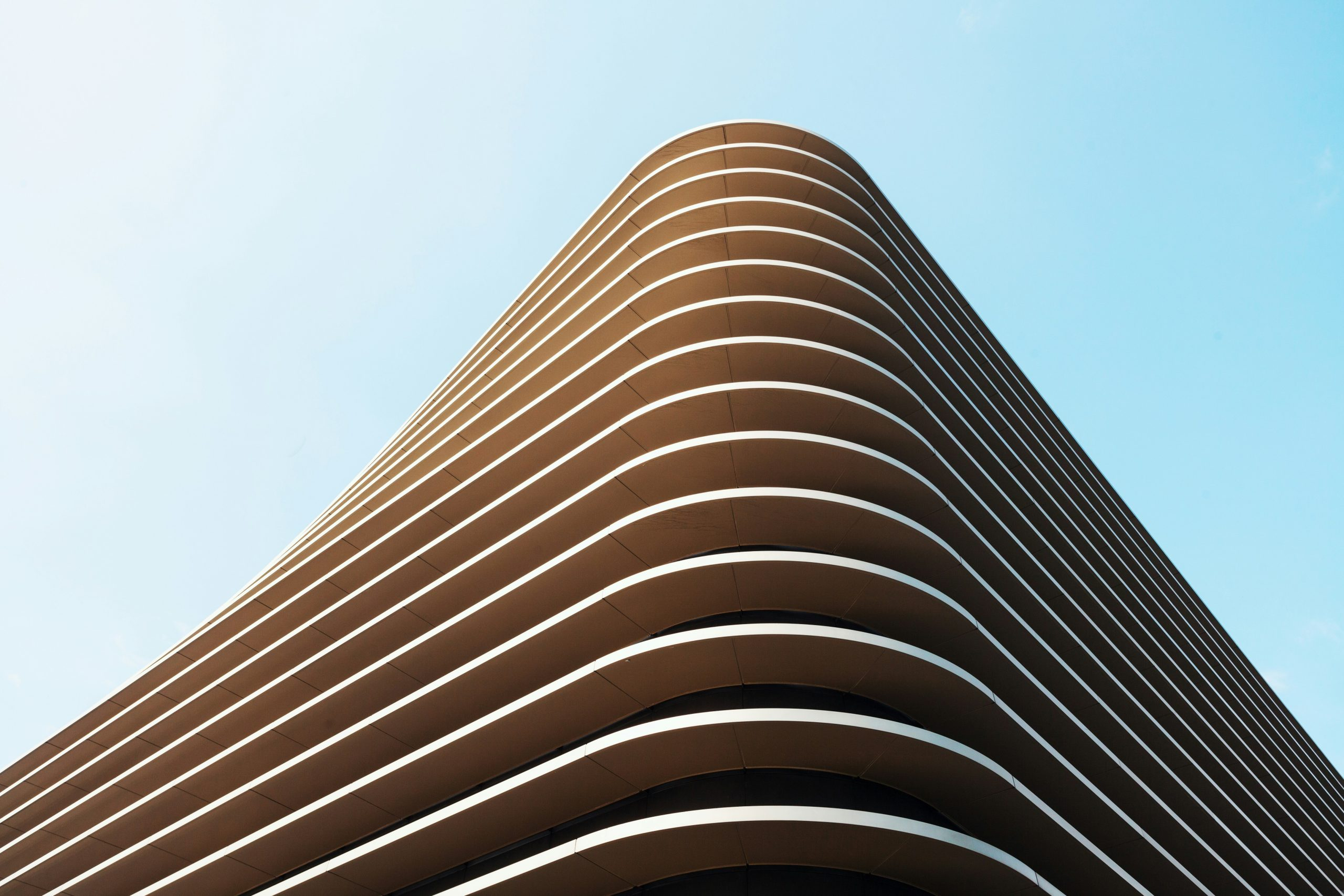Biophilic Architecture: Connecting Homes with Natural Environments
With the rise of urbanization and the increasing detachment from nature, people are craving a deeper connection to the natural world. As a result, biophilic architecture has emerged as a popular trend that combines design principles with elements from nature to create spaces that enhance the well-being and connection to the environment. In this article, we will delve deeper into the concept of biophilic architecture and how it is transforming homes into natural havens, bridging the gap between our built environment and the natural world.
Understanding Biophilic Architecture
Biophilic architecture is based on the idea that human beings have an innate need to be connected with nature. This approach to design focuses on incorporating natural elements into the built environment, creating spaces that not only look beautiful but also have a positive impact on our health and well-being. Biophilic design principles can be applied to various types of buildings, including homes, workplaces, and public spaces.
The Benefits of Biophilic Design
There is a growing body of evidence that shows the positive effects of biophilic design on our physical, mental, and emotional well-being. Let’s take a look at some of the benefits of biophilic architecture:
1. Improved Mental Health and Well-being
Biophilic design has a calming effect on our minds, reducing stress and anxiety. It has been found to improve our overall mental health and well-being, particularly in urban environments where access to nature is limited. By incorporating natural elements such as plants, natural light, and water features, biophilic architecture creates a sense of tranquility and rejuvenation.
2. Increased Productivity and Creativity
Studies have shown that exposure to nature can enhance our creativity and boost productivity. Biophilic design in the workplace has been found to improve concentration, problem-solving skills, and overall job satisfaction. By incorporating nature into the design of our homes, we can also experience similar benefits in our personal lives.
3. Better Indoor Air Quality
Incorporating plants into biophilic design not only adds to the aesthetic appeal but also improves indoor air quality. Plants act as natural air purifiers, absorbing harmful toxins and producing clean oxygen. This can have a positive impact on our respiratory health and overall well-being.
Connecting Homes with Natural Environments
Biophilic architecture aims to bridge the gap between our built environment and the natural world. It does this by incorporating various design elements that mimic elements found in nature. These design elements can include the use of natural materials, natural light, plants, and water features.
Natural Materials
Using natural materials such as wood, stone, and clay can add a touch of warmth and texture to a home. These materials not only look beautiful but also have a positive impact on our well-being. They connect us to the earth and create a sense of harmony and balance in our living spaces.
Natural Light
Natural light is essential for both our physical and mental health. Biophilic design incorporates ample natural light into living spaces by using large windows, skylights, and open floor plans. This not only allows for better light and views but also creates a seamless connection with the outdoors.
Plants and Greenery
Plants and greenery are one of the most crucial elements of biophilic design. They not only add a touch of nature to our homes but also provide numerous health benefits. By incorporating plants into our living spaces, we can improve air quality, reduce stress levels, and create a sense of tranquility.
Water Features
Water is an essential element of nature, and incorporating it into biophilic design can have a calming effect on our minds. Water features such as indoor fountains or aquariums add a touch of serenity and can help reduce stress and anxiety.
In Conclusion
Biophilic architecture is a design approach that emphasizes the connection between humans and nature. By incorporating natural elements into our homes, we can create spaces that not only look beautiful but also have a positive impact on our physical, mental, and emotional well-being. Whether it’s the use of natural materials, natural light, plants, or water features, biophilic design is transforming homes into natural oases, allowing us to reconnect with the natural world.
Incorporating biophilic design principles into our living spaces is more than just a passing trend; it’s a way of life that has significant benefits for both humans and the planet. As we continue to become more detached from nature, biophilic architecture acts as a bridge, connecting us to the natural world and reminding us of the beauty and importance of our environment.











